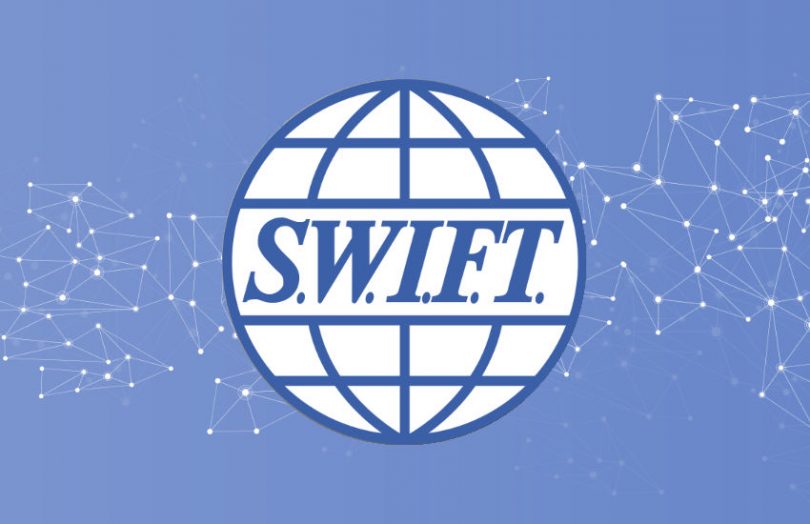Late last year SWIFT said it was conducting a tokenized asset pilot with Clearstream, Northern Trust, SETL and others. Today it was announced that the blockchain pilot concluded successfully. It linked tokenization systems between central securities depositories (CSDs) and global custodians.
Across multiple networks running different technologies, tokens were issued, settled on a delivery versus payment basis, and redeemed. Settlement was executed both conventionally and with central bank digital currency (CBDC).
In the same way that SWIFT currently provides the glue for cross border payments, it wants to create a common interface to enable the tokenization of assets to take off. We’ve already seen numerous tokenization platforms launch. The risk is that each becomes a new silo of assets. Investors and asset managers shouldn’t have to integrate with numerous different platforms. That would defeat a key benefit of blockchain in reducing friction. Hence SWIFTs search for an interoperability solution. It also recently announced a proof of concept with Chainlink Labs to link to several public blockchains.
“Our vision for instant and frictionless transactions not only applies to traditional securities instruments but also to new asset classes as well,” said Vikesh Patel, SWIFT Head of Securities Strategy. “The insights from this exercise with leading capital markets participants will help us define and prioritise the concrete steps required to enable seamless processes for tokenised assets.”
While tokenized real world assets have not yet reached an inflection point, activity has ramped up in the last few months. That’s in part because of the significant cost and innovation benefits offered by distributed ledger technology (DLT) as well as favorable legislation going live in several jurisdictions such as France, Germany, Switzerland, Luxembourg, Singapore and Japan. Additionally, both Europe and the UK are planning sandboxes for experimentation.
Estimates of the potential market for tokenization vary substantially. Back in 2015, the World Economic Forum predicted that 10% of GDP or roughly $14 trillion, would be linked to blockchain by 2027. BCG recently used the same 10% to estimate $16 trillion by 2030, but it considered the figure conservative.
SETL used its PORTL token interoperability solution to integrate a range of enterprise blockchain technologies in a permissioned fashion. These included R3’s Corda, Hyperledger Besu, Hyperledger Fabric, Digital Asset’s DAML smart contract language and SETL’s own ledger.
A report on the project is expected to be published this week ahead of the SWIFT’s SIBOS conference in Amsterdam next week.







